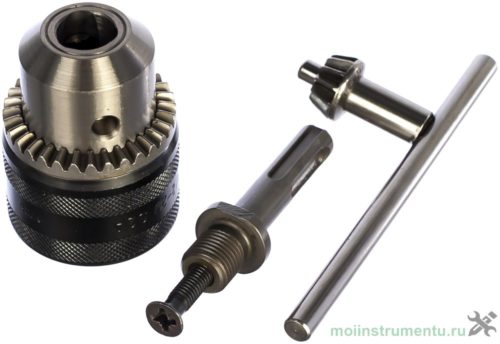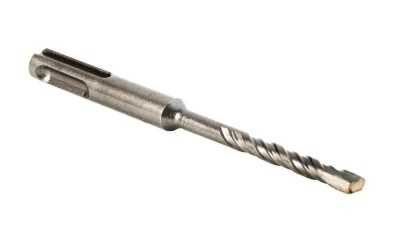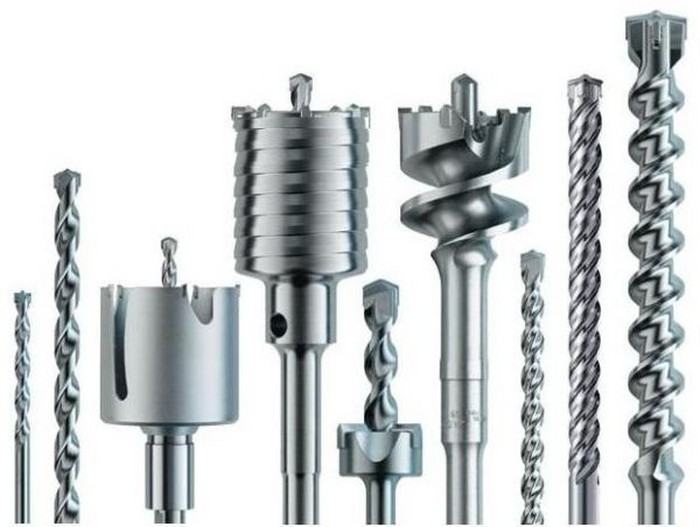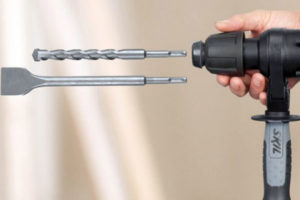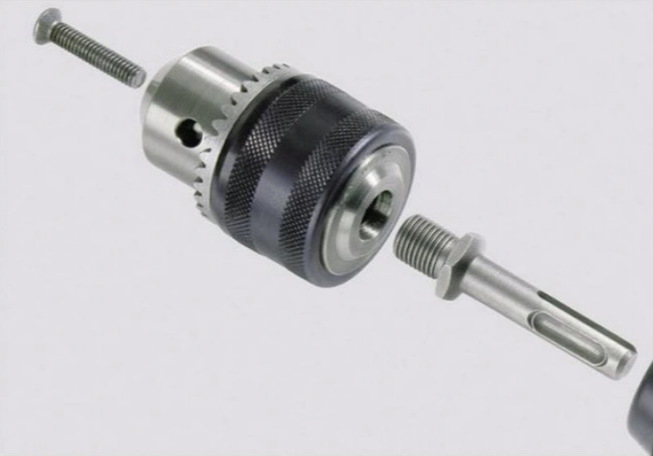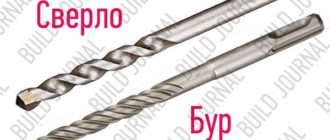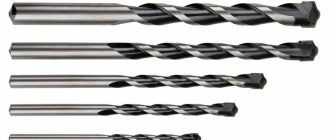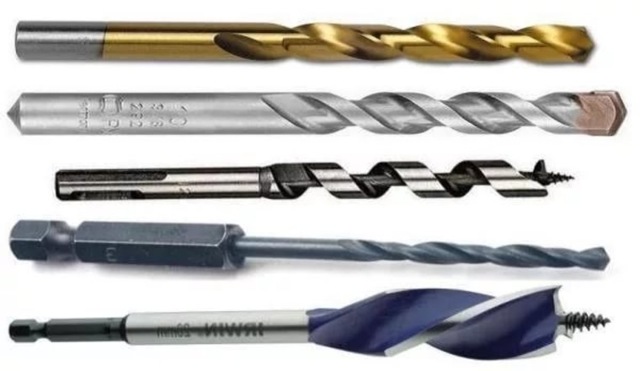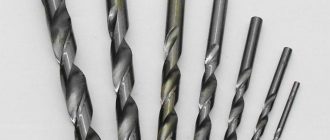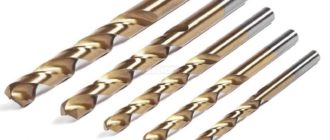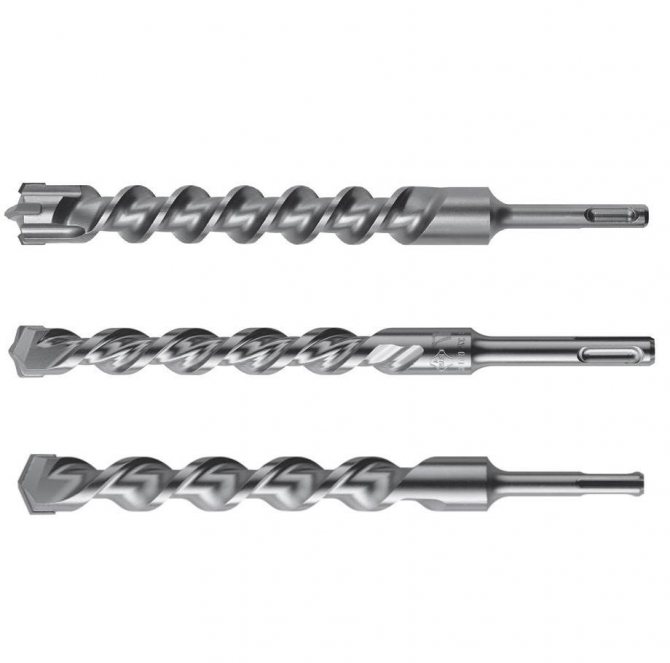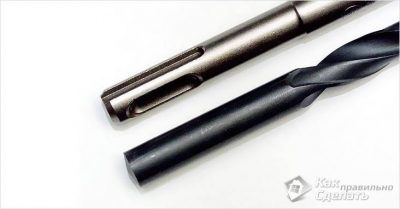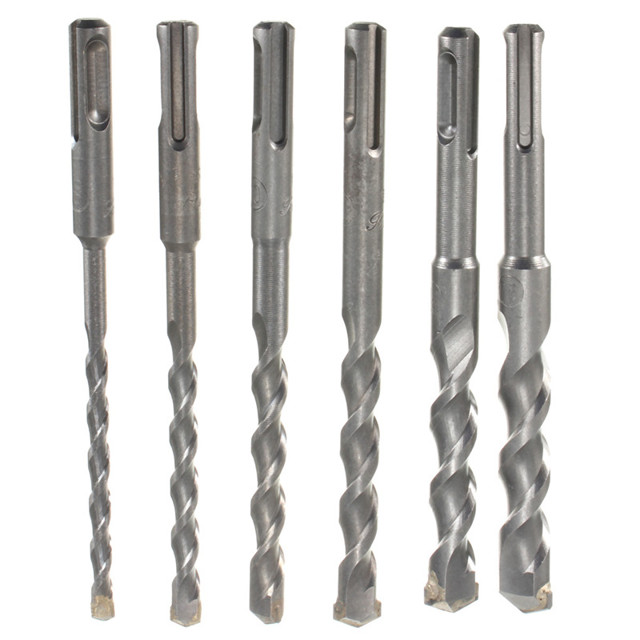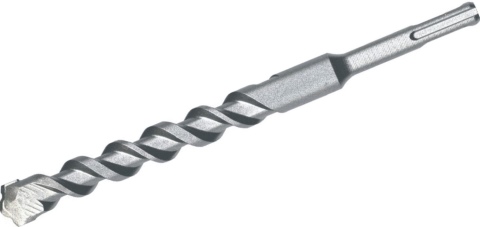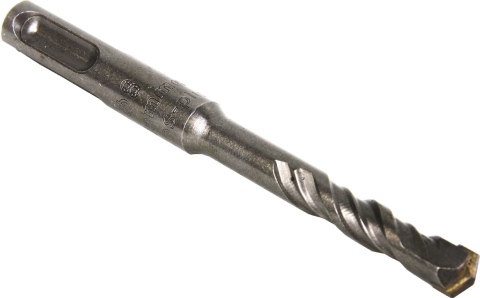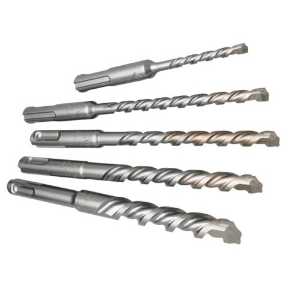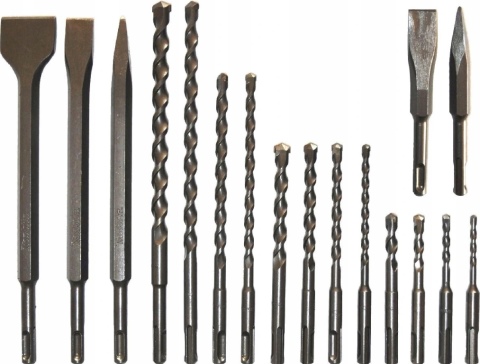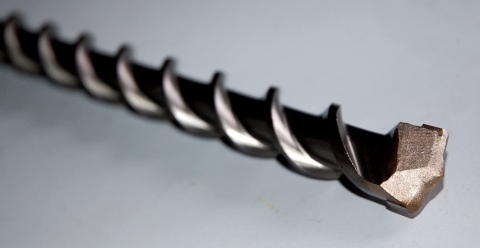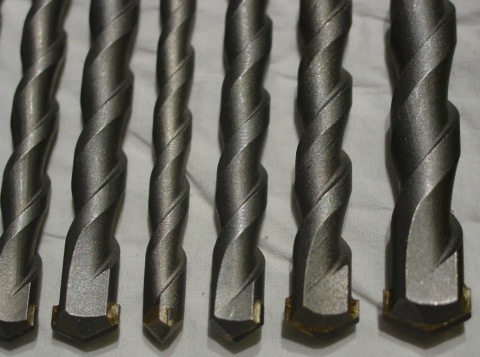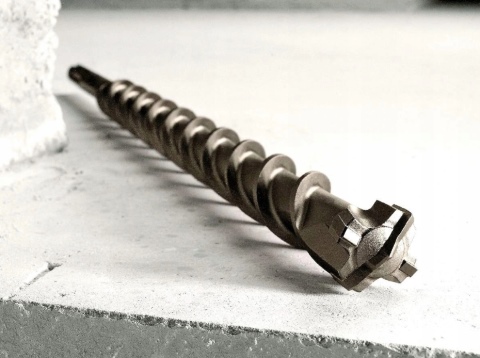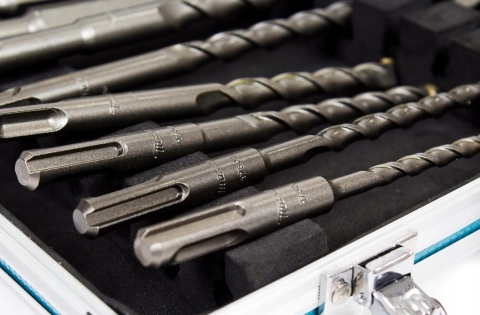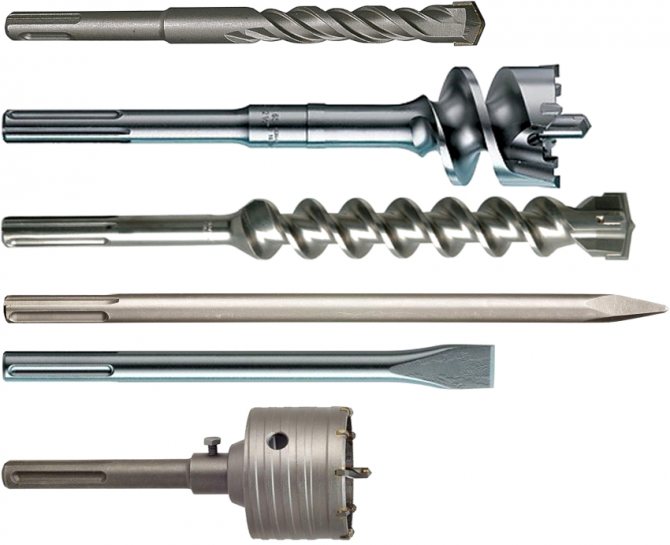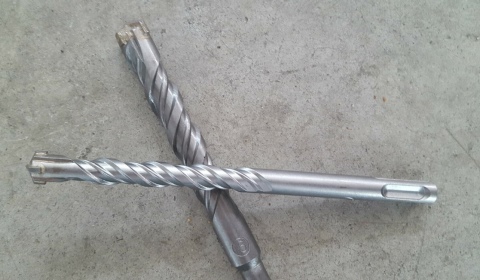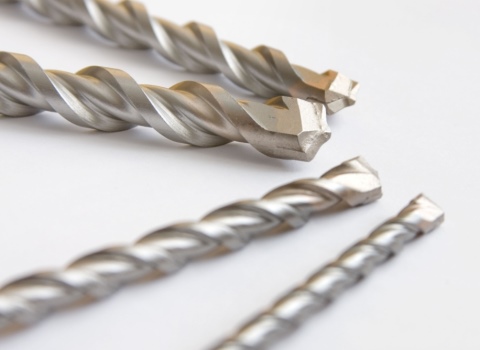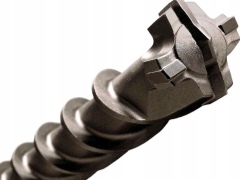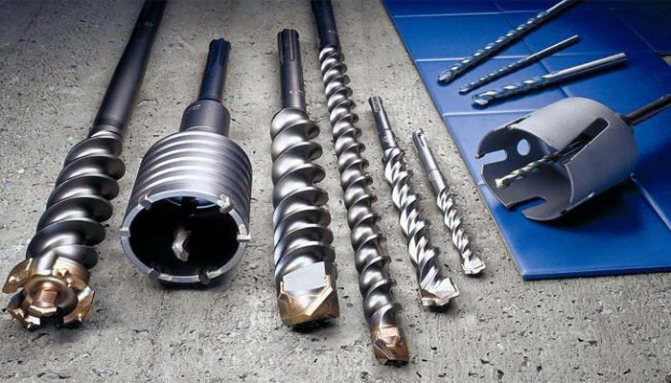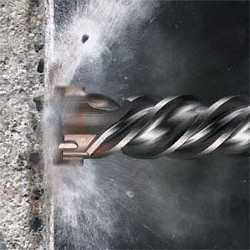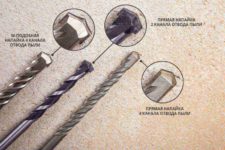How to choose?
When choosing such a tool, remember that each individual model may not be suitable for all jobs. Many SDS samples are suitable for cutting elements that are not suitable for processing in a simple household environment, because they have a relatively large diameter.
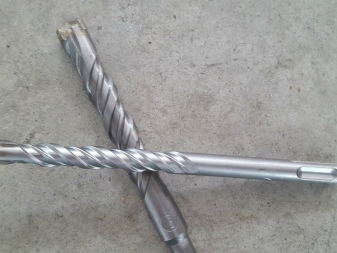

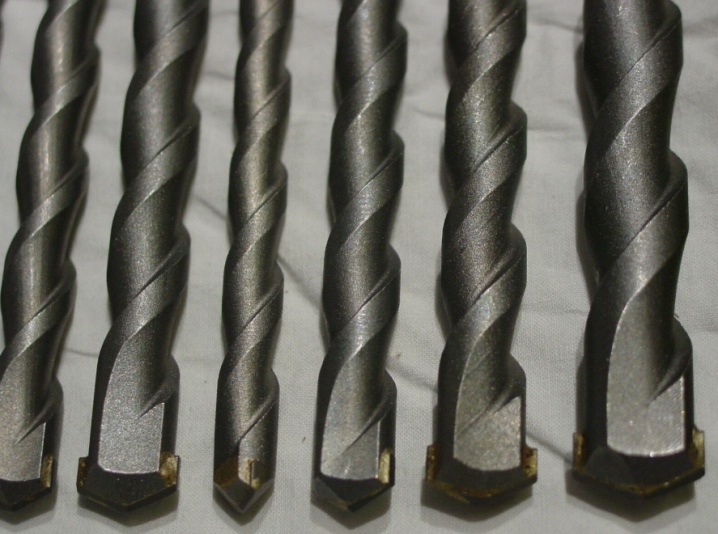
Models SDS, SDS-max, SDS-plus can become optimal options for standard work. The last 2 options are considered similar. The difference between these models lies in the total number of grooves. SDS-max, as a rule, is available with 5 such elements, and SDS-plus - with 4, they will also differ in size. In addition, they can be used for different types of drills: the first option is taken for drills from 20 mm, the second option can be taken for edges up to 26 mm.
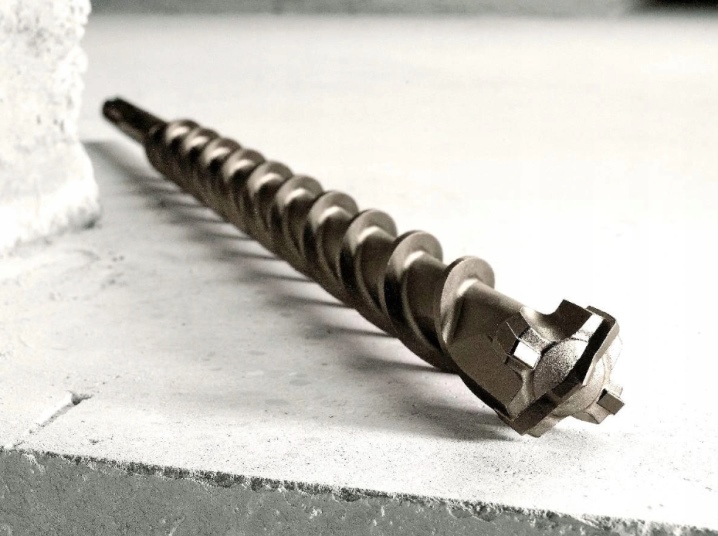
The following video introduces SDS-plus drills.
Peculiarities
The SDS drill is a small drill equipped with thin cutting elements that create indentations in a variety of materials, including concrete substrates, bricks and stones.
This model is most often used for rock drills. Like other varieties, it has a shank and a spiral designed to remove the remnants of destroyed material from the drilling site.
The cutting part of products with SDS shanks is made of carbide. It can be produced with different sharpening configurations and different total number of blades. In this case, the cutting edges are created in such a way that their ends are slightly rounded, in contrast to standard drills with the sharpest sharpening.
The shank is a part with which the drill is directly connected to the chuck of the apparatus. Depending on the type of fastening mechanism, this element can vary significantly in some design features.
On the shank of the product, special elements are additionally attached for attaching to the chuck of perforators. Depending on the type of this component, the drills are divided into separate varieties (SDS, SDS-top, SDS-quick).
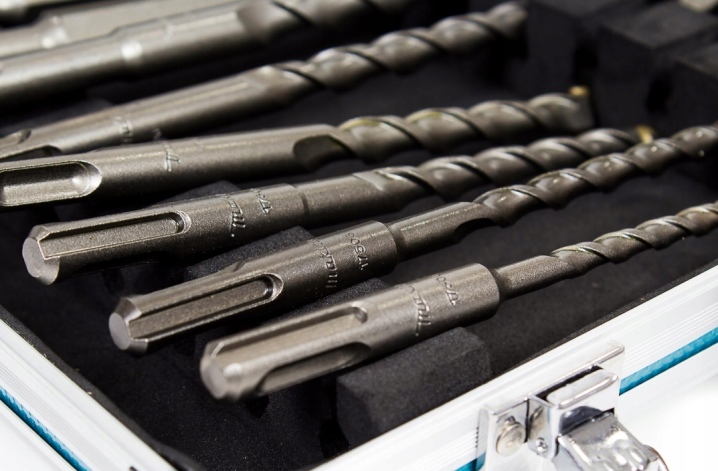
SDS shanks were first produced by the German company Bosch. This innovative development made it possible to quickly replace different drills in the rock drill.
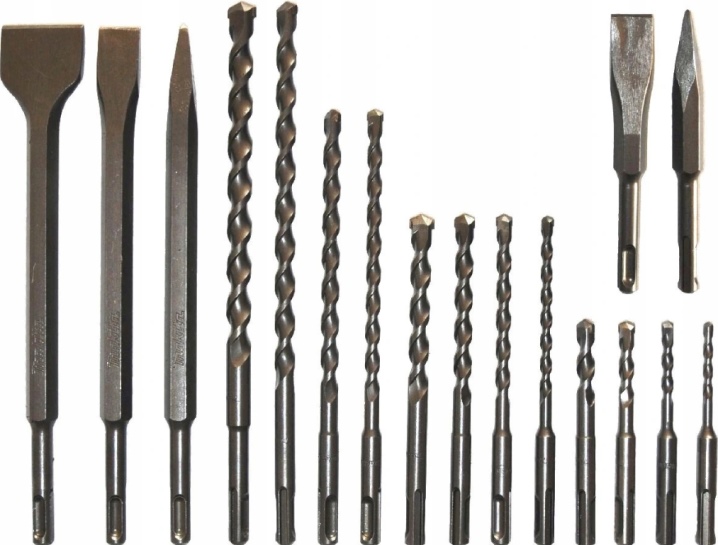
Species overview
Often, drills of this type are sold in large sets, in which there are several varieties of such products at once, but they can also be purchased in hardware stores and separately. There are several types of SDS drills.
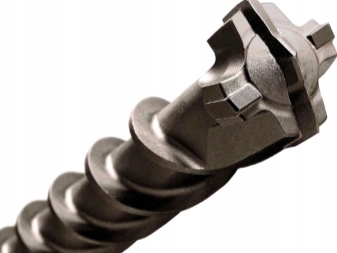

- SDS. This standard option is considered the most common. Its diameter is 10 millimeters. It has a shank with two small grooves. They are inserted into a 40 mm punch chuck. Shanks of this type have full compatibility with the same elements of the SDS-plus type.
- SDS-plus. This model is produced with a shank (diameter 10 millimeters). It also fits into a 40 mm tool holder. This sample has a total of 4 grooves - 2 open and 2 closed. The first option is needed for guides, the second is for locking balls. The contact area between the wedges of the chuck and the shank itself is 75 square meters. mm. The model is considered optimal for light rock drills, and the total length of the drill should be approximately 110-1000 mm, and their diameter should vary from 4 to 26 mm. The model is able to move freely along its axis with the required amplitude (in the tool holder, it is usually 1 centimeter).
- SDS-top. This model is not considered a common option and is rarely used. The product is intended for medium-sized construction rock drills with replaceable cartridges. The shank diameter reaches 14 mm.As in the previous model, SDS-top provides only 4 slots - 2 open and closed slots. The area at the point of contact with the wedges is 212 sq. mm. SDS-top is capable of making recesses up to 16 mm in length.
- SDS-max. This type is quite often used during construction work. The model is designed for heavy machines, for drills with a large diameter. The diameter of the product is 18 millimeters. The total contact area with the wedges reaches 389 sq. mm. The sample is sometimes used for metal and concrete work. This part is fixed in the chuck of the unit by 90 mm. SDS-max has a total of 5 slots: 3 open and 2 closed. The model can rotate freely around its axis, in the apparatus cartridge the amplitude will be from 3 to 5 centimeters.
- SDS-quick. This sample differs from all other models in that instead of grooves, special projections are provided in it. This variety is rarely used. The holder can be used to attach bits, drills with a different shank (most often with a 6-sided 4-inch).
- SDS-hex. The variety is used exclusively for jackhammers with a high impact energy value; it is not recommended for drills. It has large dimensions compared to other models. The sample can be suitable for careful processing of stone surfaces, concrete, asphalt, but also sometimes they work with wood.
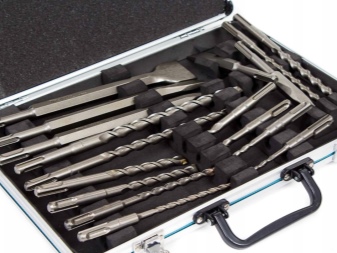

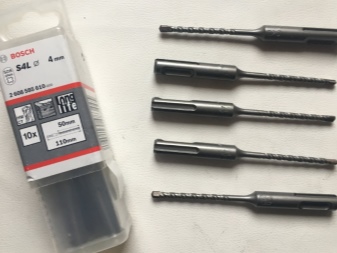
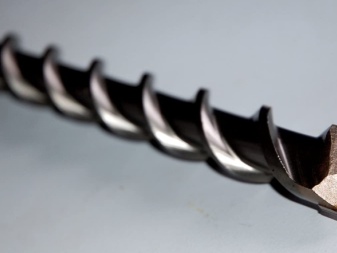
Features of working with concrete pavement
First, select the drill. If the wall is made of concrete or brickwork, it is better to give preference to the victorious nozzles, since this tool turns the material into crumbs at the drilling site. But it is not suitable for other surfaces, for example, if you drill wooden boards with them, the fibers will break, and the hole will turn out to be sloppy.
When drilling a concrete surface, it must be borne in mind that there will be a lot of dust, therefore it is necessary to prepare a vacuum cleaner to collect debris from the hole. This, of course, does not guarantee absolute cleanliness during work, but it does reduce the amount of dirt.
Before you start drilling, you need to check if there are communications in that place. Damage to electrical wiring will entail the injection of additional funds into its restoration. Previously, you need to ring the wall for this, you can use a signaling device or a metal detector.
Now you can go directly to drilling holes in the concrete wall. To begin with, we outline the place where the future hole will be with a construction pencil. We start drilling at a low speed, this will increase the accuracy of the work. After that we increase the speed. The serlo should enter the surface at one angle so that the drilling direction does not get lost and the hole is of the desired size.
If a hole is made for a dowel, it must be longer than the dowel itself so that it can be installed flush with the wall and does not protrude.
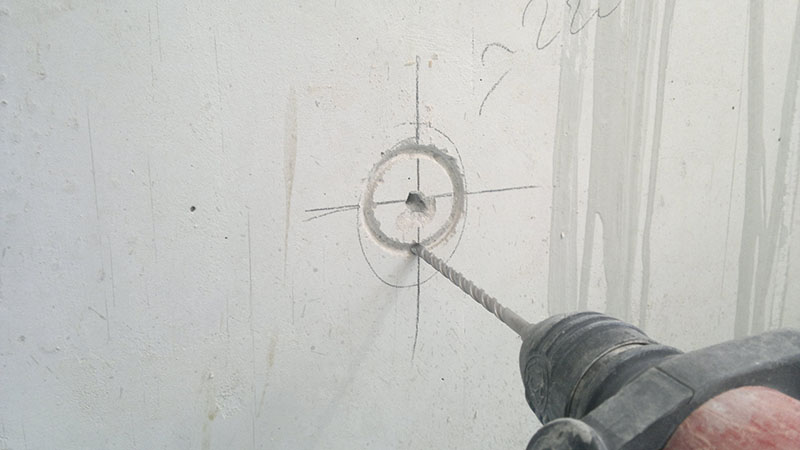
What are they?
The main purpose of the drill is to work on concrete, wood, metal. SDS-plus acts as a tool for drills and a hammer drill, which, in its turn, in a broader sense, not only makes holes, but also chisels the surface in a certain way.
Among the tips for a perforator, it is customary to distinguish the following:
- crown;
- channel drill;
- drill;
- chisel;
- lance chisel.
The scope of the drill is limited exclusively to the creation of round holes. They are required for dowels.
With a chisel, you can easily remove plaster, tiles or even tiles. It is the ideal tool for demolition work.
The pike is used for chasing, and holes are also punched with it. Compared to a conventional drill, the main difference is the larger diameter.
The crown is used in construction work when installing holes for sockets and switches. Various sizes can be found on sale depending on the technical characteristics of electrical devices.
A channel drill is necessary when making a groove for wiring, which comes in handy when planning an interior. This is true for drywall and false walls.
Based on the types of the working tip, the following points can be distinguished:
- if you need to make small holes in soft material, then you can take a drill with a slight slope of the working chutes;
- at a high drilling speed, most often preference is given to a drill with an inclination of the grooves;
- when the need arises to control vibrations, a spiral groove drill is selected.
And the latter are auger drills that are used exclusively for deep holes. Since the structure looks like a spiral, it is easy to avoid unnecessary dust and noise. The work is done much faster, and the stress on the rock drill itself is minimized.
Materials for making
In order to make 4 additional punch attachments, you will need:
- construction plumb line;
- 4 hammer drill bits;
- marker, ruler and corner;
- Bulgarian;
- welding machine;
- thick metal plate;
- vice;
- grinding wheel;
- screw.
# 1 We turn the hammer drill into a tool for the lumberjack
1
We take a conical construction plumb line and unscrew the bolt from it.
2
With the help of a grinder, we cut off the mount together with the flat part of the drill from a large-diameter drill. We make 4 such blanks at once (we will need 3 of them for the manufacture of other nozzles).
To save money, it is better to take blunt drills that are not suitable for their intended use.
3
As a result, we get these blanks.
4
We put on a plumb line on the smooth side of the workpiece.
5
We weld the parts at the junction.
6
Using a ruler and a marker, draw three longitudinal lines on the conical part of the nozzle. With the help of a grinder, we make grooves along them.
7
As a result, we get just such a nozzle.
8
With such a rig, the hammer drill in the hammer drilling mode does an excellent job of chopping firewood. Thanks to the longitudinal grooves and a decent radius of the base of the cone, the wood splits quickly and without problems.
No. 2 We make a nozzle for driving posts into the ground
1
On a metal plate 1.5 cm wide, use a marker and a corner to measure 2 cm.
2
Cut off the marked part of the plate with a grinder.
3
We clamp it in a vice and weld the workpiece from the drill at an angle of 90 degrees.
4
The hammer attachment is ready.
5
Such a nozzle allows using a perforator operating in impact mode to drive the posts into the ground.
No. 3 We make a chisel attachment for dismantling
1
We measure 5.5 cm on a metal plate (if you wish, you can change the size of the nozzle).
2
By marking with a grinder, we cut off part of the plate.
3
On one side of the resulting workpiece, we outline the bevels at an angle of about 45 degrees.
4
Cut off unnecessary parts with a grinder.
5
On the narrowed part, using a grinder, we make a small notch.
6
In the middle of the end of the workpiece from the drill, we make a groove with a grinder. We put a prepared metal plate into this groove, and weld the parts.
7
We mow the wide edge of the resulting nozzle using a grinder.
8
This is what the finished rig looks like.
9
A hammer drill with such a nozzle has become a real "destroyer".
# 4 Making a hammer attachment
1
At the last workpiece from the drill, we grind the chamfer on the grinding wheel.
2
We put a nut on it.
3
We fasten them to each other using a welding machine and weld the hole. We grind the surface with a grinder.
4
With this rig, the hammer hammer does an excellent job of hammering in nails - better than a conventional hammer.
How to make a punch rig with your own hands
Rotary hammer attachments: TOP-4 Cool homemade rigs
10
Total Score
How to make a punch rig with your own hands
Did our article help you?
10
How are drills marked and what sizes of nozzles exist
Before inserting the drill into the hammer drill, you should make sure that you have purchased a consumable with the type of shank recommended by the manufacturer (that is, all holes and shapes match the mount). Professionals advise choosing SDS shanks.It makes it possible to quickly change the equipment and there are 5 types:
- SDS plus features 4 grooves with a diameter of 10 mm. Boers themselves can be a minimum of 0.4 cm in diameter and a maximum of 2.6 mm. They work great on concrete substrates;
- SDS has 2 grooves, diameter 10 mm;
- The SDS max has five slots and is used to mount heavy-duty drills in professional rock drills. The diameter of the rig increases from 2 to 8 cm;
- The SDS top features 4 slots with a diameter of 1.4 cm. The size of the attachments for this attachment varies from 1.6 cm to 2.5 cm. Such accessories are used in medium-weight rotary hammers.
- The longitudinal lugs in the SDS quick mount appear to have contributed to their popularity. They are rarely found on store shelves.
In addition to the type of attachment, the type of work to be done should affect the purchase of a particular consumable. The sizes of drills for simple household work are limited to 6-10 mm.
If you need to screw an anchor bolt into the wall, then you will need to take a tooling of at least 2 and not more than 20 mm.
The walls in the apartments are much thinner, and a 6mm 110mm drill will suffice for standard renovations.
Summing up, we can say that the choice of consumables for a perforator is carried out after assessing the scale and complexity of the upcoming work.

